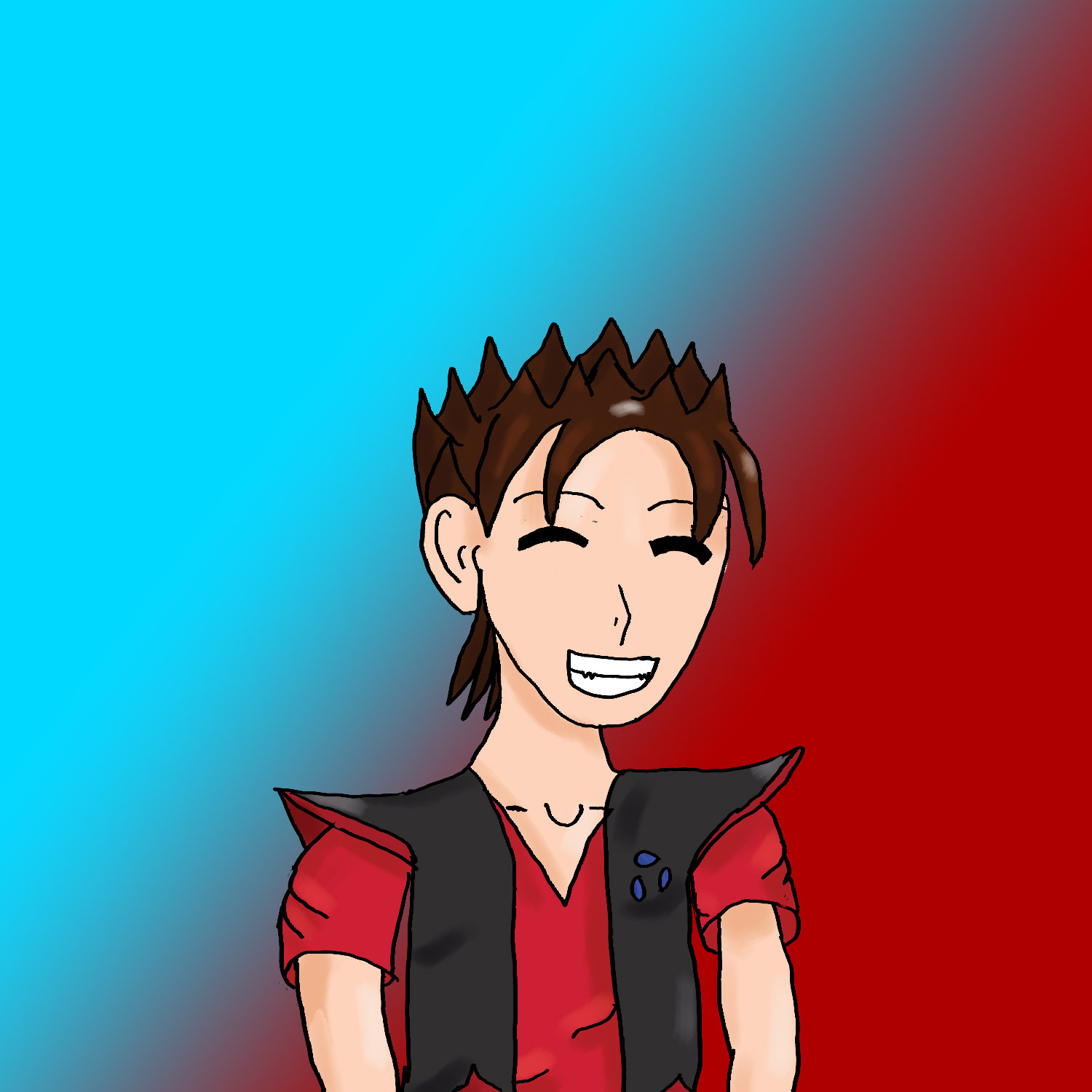Quickfish
The "Quick" in the "Quick" fishes' name doesn't actually come from a tell of their speed. But rather by half-naming where it is they are found—in quicksand. These fish are alien-like in appearance, like a fish grew frog paws in place of fins, lost its eyes, and grew antennae-like whiskers.
Basic Information
Anatomy
Quickfish are typically palm-sized and share some physical characteristics of Earth's flatfish. The most defining design of the Quickfish are their lack of fins; in the places where fins are typically found on fish are small finger-like digits that the fish use to claw and pull their way through the thick, sandy waters that compose the Fallacious Flats.
Another identifying feature is the Quickfishes lack of eyes. Instead, they have whiskers six long whiskers that are used for perception; two are placed near their front, two in the middle, and two at the rear of their bodies. The whiskers protrude upwards from their bodies.
Growth Rate & Stages
Quickfish live for nearly three decades and grow quickly. Upon hatching, they are tadpole-like in appearance with two arm-like appendages that help them navigate the sands. In 2 months, a hatchling is fully grown and maintains that appearance until it dies.
Ecology and Habitats
These bottomfeeders, or more aptly-named "edgefeeders", live in a unique environment: quicksand. Where the mixture of water and sand has created this strange and dangerous phenoma. They feed on the surface-level molecules of the quicksand's victims—which are typically found on the edge of where sand meets quicksand.
Additional Information
Perception and Sensory Capabilities
The six whiskers are used to detect vibrations in the quicksand. These vibrations typically meant food—as something had been caught in the watery sand's clutches. Quickfish feed on surface-level molecules found on the skin of fowl and beast. Their source of food and life comes from the deceptive power of the flats.
Scientific Name
Chordata Pleuronectiformes Actinopterygii
Conservation Status
The species is under protection. They are only known to exist in the Fallacious Flats; to enable nature to run its course, fishing is universally banned in the entire region of the quicksand lake.
Geographic Distribution
Remove these ads. Join the Worldbuilders Guild










Very neat species! It's clear you thought out how they would survive in quicksand, and a creature with little frog fingers and whiskers all over its body is unique and unusual. I'm a little confused by what you mean when you say they feed on "surface-level molecules." Do they eat dead skin cells or something of the like? I would like a little more detail here.